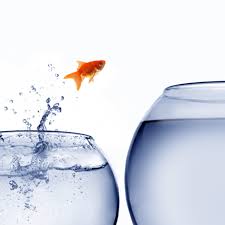ASD Resource Lists by Topic
We recognize that finding current materials and resources for supporting individuals with autism can be overwhelming!
To save you time we created condensed, topical lists with the best available ASD tools on a variety of topics, based on evidence-based practice. We invite you to explore these resources that can support all learners, including those with autism spectrum disorder (ASD). As new resources become available, lists will be updated.
Universal Design in Teaching: Using Social Emotional Engagement-Knowledge and Skills (SEE-KS) Dawna Sigurdson Ed.S
As the coordinator of the Central Region ASD Team at ESU 10, I am intrigued by research data that demonstrates that strategies that support individuals with autism are equally helpful for others in the classroom. The Social Emotional Engagement - Knowledge and Skills (SEE-KS), a framework developed by Emily Rubin and Jennifer Townsend, meets the criteria of piquing my interest for just that reason. I was introduced to the SEE-KS model while attending a recent conference at the Ohio Center for Autism and Low Incidence Disorders.
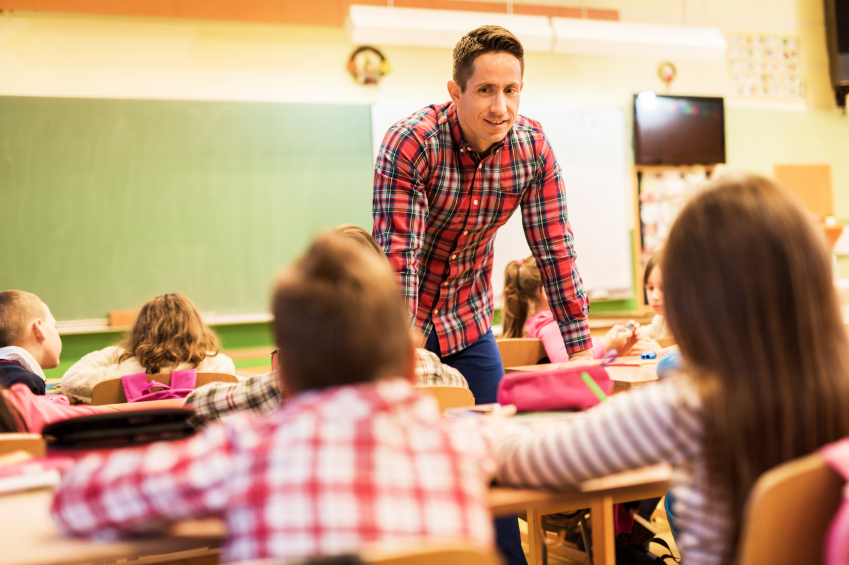
Priming for the Holidays and Other Activities Annette Wragge
Priming is a very effective strategy that parents and teachers can use in the home, school and community settings to help prepare for upcoming activities. During the busy holiday season there are many new and different activities that can be difficult for individuals on the autism spectrum.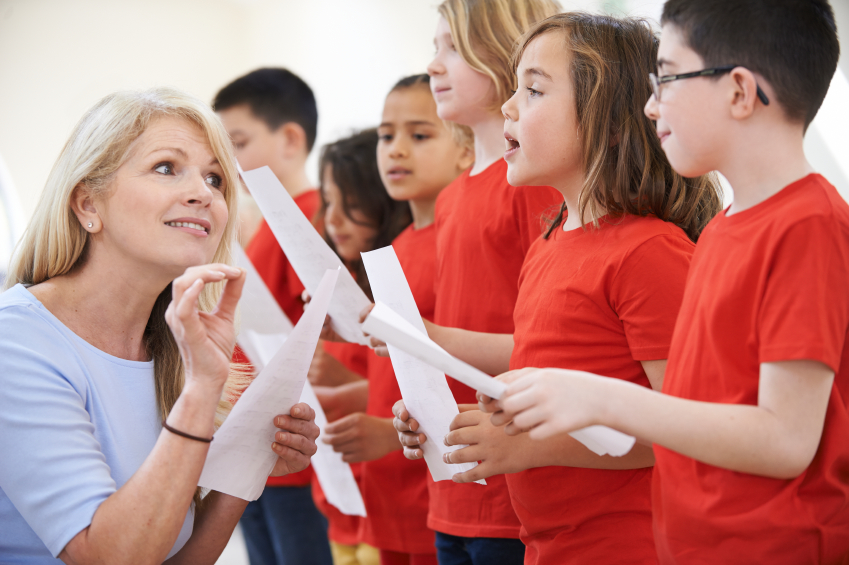
Talking to Peers About Autism Annette Wragge
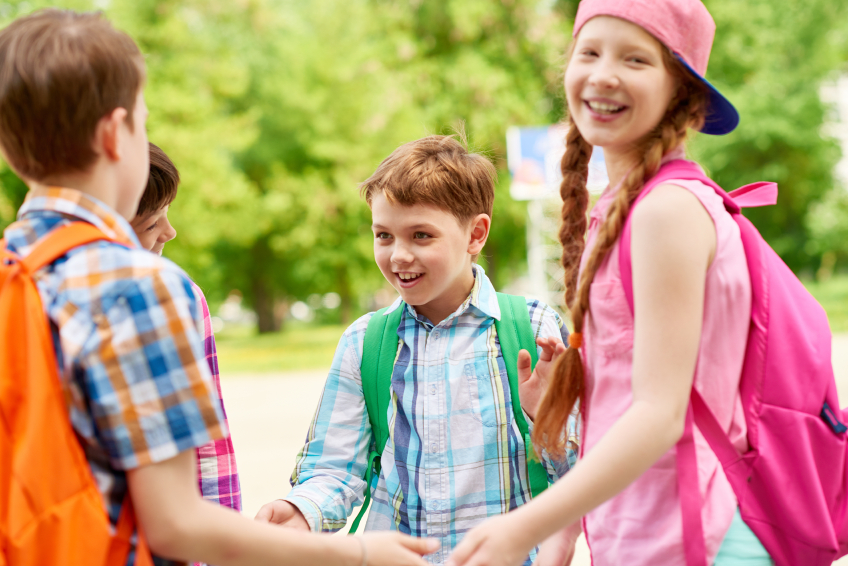
Expanding the World Through Social Development: Your "Wh" Questions by Cara Woundy, Autism Specialist Colorado Department of Education
This webinar series takes a deeper look into the social domain by answering the WHY, WHO, WHAT, WHERE, WHEN and HOW of social-skills development.
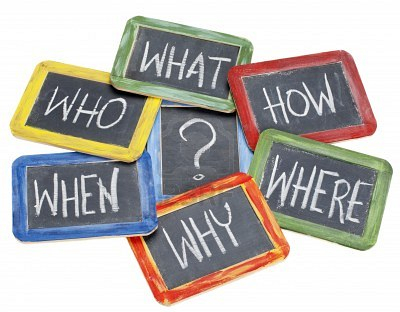
The Educational Identification of Autism Spectrum Disorders Sharon Krupa-Sirotek, Ph.D.
Diagnosis of Autism Spectrum Disorders (ASD) is increasing in our population. Current data from the Centers for Disease Control show that 1 in 68 children has been identified with ASD. This new estimate is roughly 30% higher than the 2008 estimate. School staff members need to be trained in how to identify ASD; to create a systematic process to help other staff and families identify students who may have ASD; and to determine if these students are eligible for special education services.
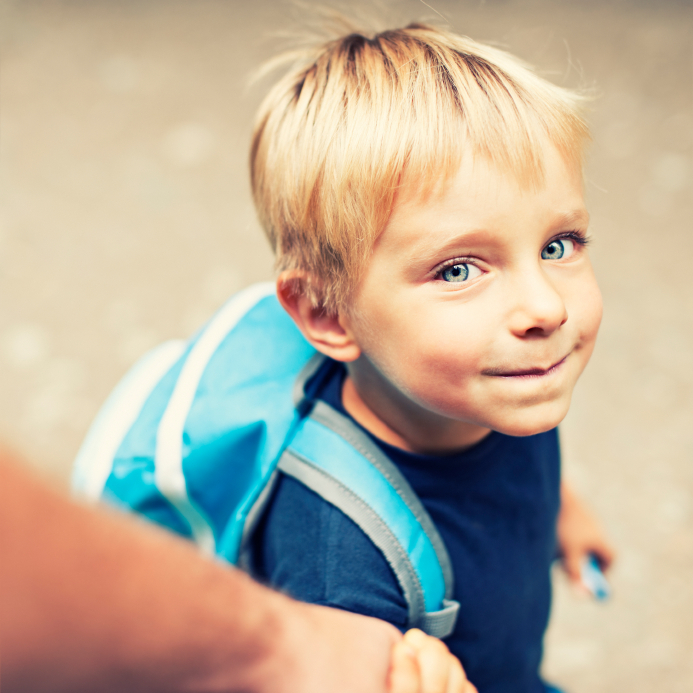
Getting a New Student with Autism Annette Wragge
As an early childhood special education teacher before working as an autism consultant, I know the anticipation and sometimes the worry, getting new students can bring. This can be especially true when a student has a diagnosis or educational verification of autism. Don’t let this be the case for you. I can honestly say that working with students on the autism spectrum has been the greatest source of satisfaction that I have had in my professional career.
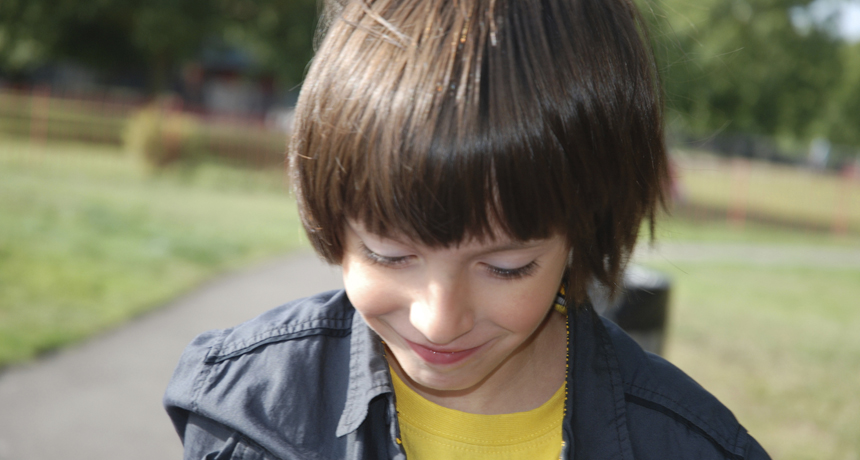
Embedding Learning into Fun Summer Play Activities for Young Child with Autism Teri McGill
Play is instrumental in young children developing language skills, cognition, problem solving, social, motor, empathy and negotiation skills. According to Piaget (1972), "Play can serve many purposes and since children learn more effectively through activity rather than direct instruction, play provides an excellent vehicle for learning." Children with Autism don’t appear to play like other children. They often appear to be disinterested in play. There are many reason play is difficult for children with ASD:
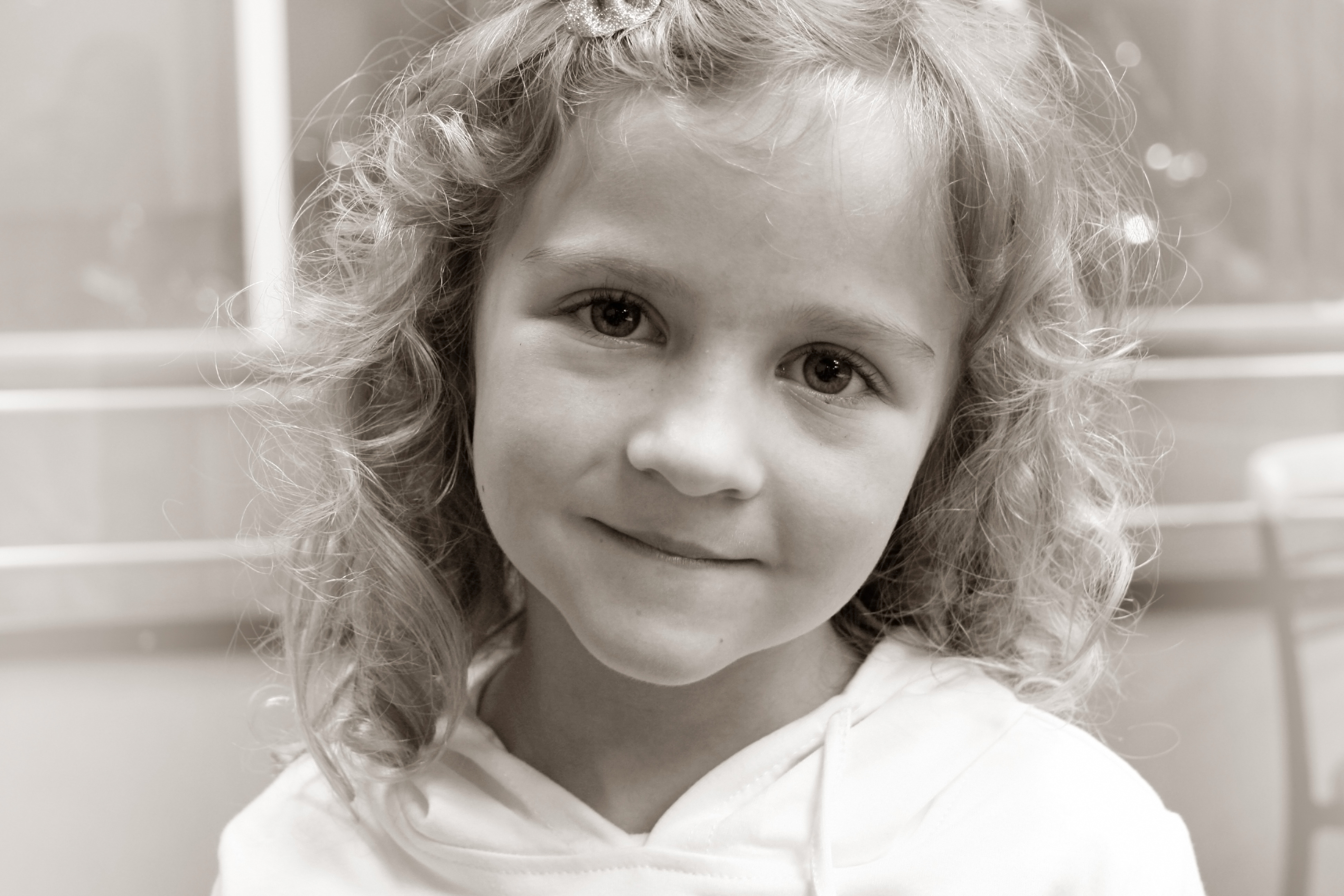
Self Management in Individuals with ASD Mary Flory
SELF-MANAGEMENT
Managing our own behavior helps us to be successful in life. We know to walk in a store and speak quietly in a movie theater. We understand that different situations require different behaviors, and we are able to monitor our behaviors and adapt to the situations, or context.
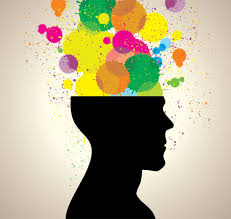
Helping Students Prepare for Their Future Sonja Chatfield-Peetz
The Division on Career Development and Transition (DCDT) of the Council for Exceptional Children defines transition assessment as an “…ongoing process of collecting data on the individual’s needs, preferences, and interests as they relate to the demands of current and future working, educational, living, and personal and social environments. Assessment data serve as the common thread in the transition process and form the basis for defining goals and services to be included in the Individualized Education Program (IEP)” (Sitlington, Neubert, & LeConte, 1997; p. 70-71).
